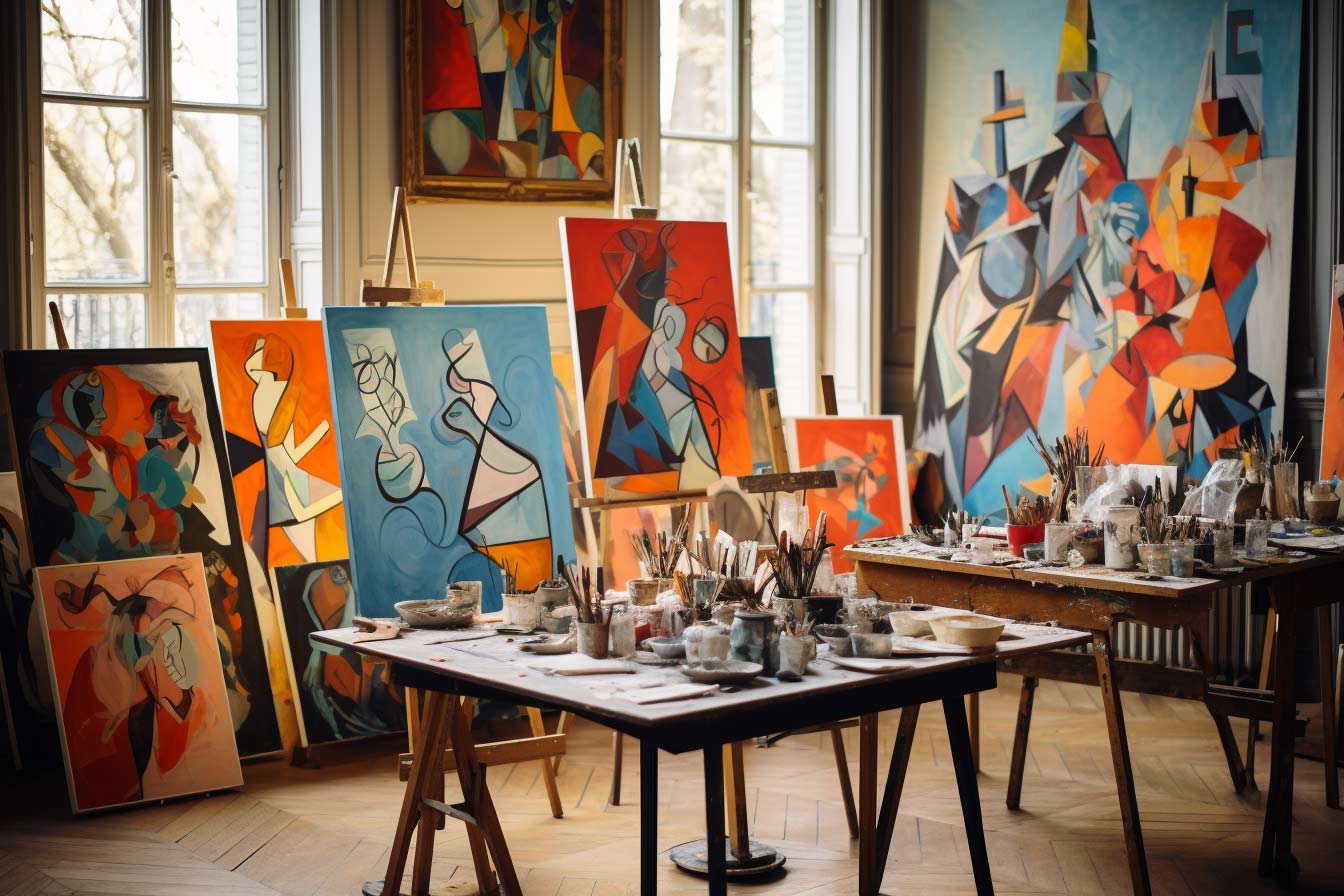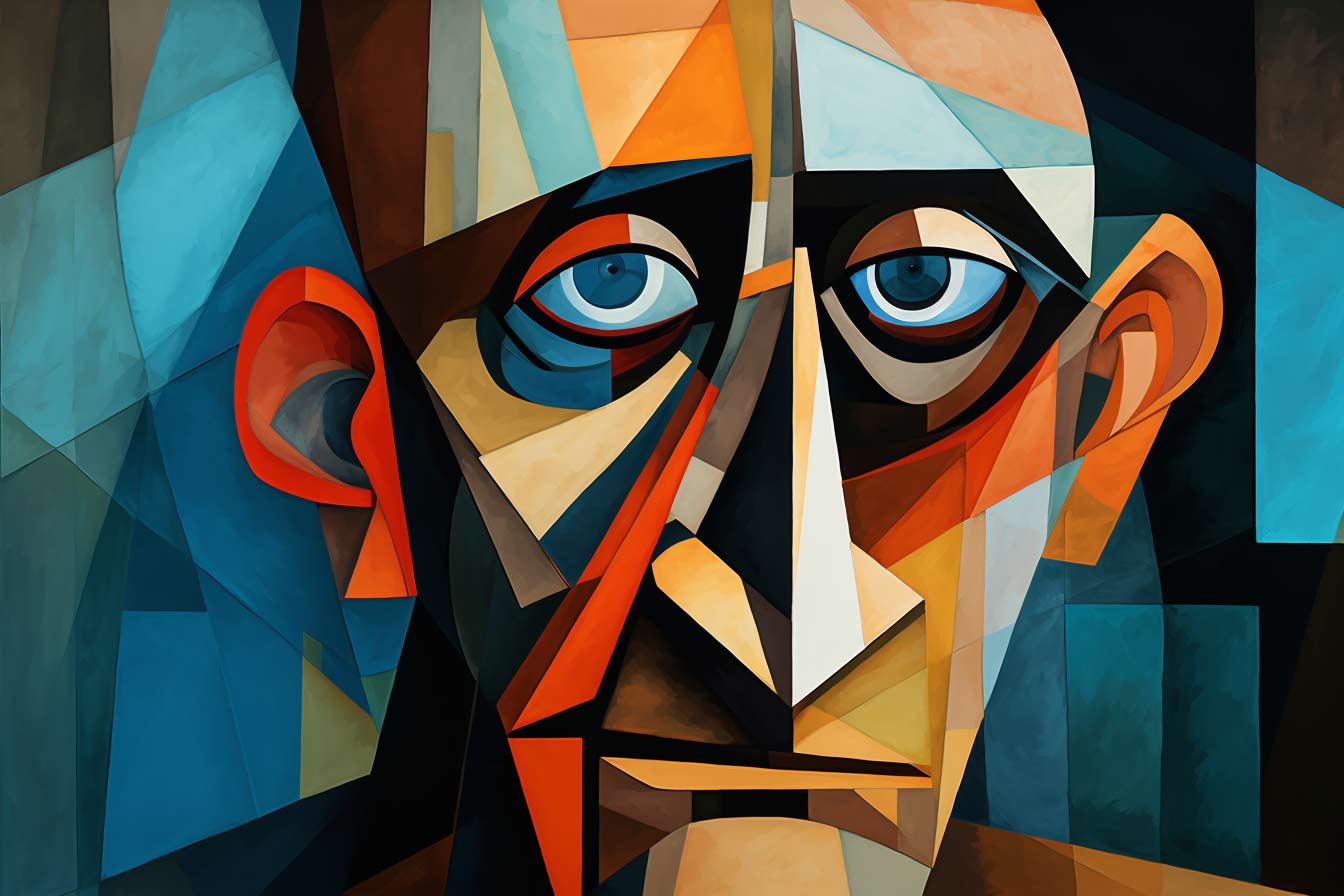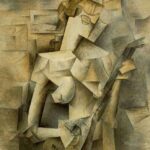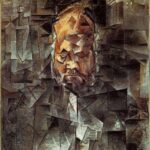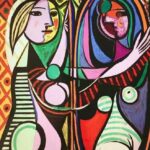Light and Shadow in Modernism
In the vast horizons of art, the figure of Pablo Picasso emerges, a luminary of the 20th century whose brush unraveled the complexities of the human spirit and reflected them in forms never seen before. A son of Spanish soil, Picasso became a titan who challenged traditional norms and explored the boundaries of abstraction.
From the softness of lines to the most intricate geometries, Picasso’s artistic language transformed, giving life to the Cubist movement, where reality is fragmented and reassembled in multiple perspectives. Picasso’s art was a reflection of the human condition, often in its most visceral and authentic state.
Beyond mere representation, his works evoked emotions, triggered thoughts, and challenged perception. Passion, pain, joy, and introspection manifested in every stroke, in every fragment of color and shape.
Bring Home a Masterpiece
Pablo Picasso: The Dawn and Dusk of an Art Titan
In the heart of 19th-century Spain, in the city of Málaga, a child was born destined to challenge and redefine the course of art. It was October 1881, and the Picasso family celebrated the arrival of Pablo, a boy whose life would be steeped in brushstrokes and visions.
From an early age, Picasso showed a natural affinity for drawing. The light of the Mediterranean, bathing the coasts of Málaga, seemed to dance in his first creations. Though trained in academic traditions, his restless soul sought to transcend them. His father, an art teacher, soon recognized the prodigy in his home and chose to guide his path.
Relocating to Barcelona, a city brimming with cultural vibrancy, young Picasso immersed himself in a world of artists, bohemians, and visionaries. Every stroke he left on the canvas was a declaration of his growing mastery and a promise of revolutions to come.
In Paris, the City of Light, Picasso found a crucible of inspiration and challenge. The bustling metropolis, with its diversity and dynamism, fueled his imagination. There, alongside other daring artists, he launched the odyssey of Cubism—a movement that would break the chains of representation and offer a new lens through which to see reality. Through fragments and forms, Picasso captured the essence of the modern world.
But not all was light in the master’s life. The darkness of 20th-century wars and conflicts was reflected in works such as Guernica—a cry of pain and despair denouncing the barbarity of mankind. His art became a mirror of the world, reflecting its hopes and fears.
Over the years, Picasso explored different media and styles—from ceramics to sculpture, from surrealism to abstraction. His insatiable curiosity led him to reinvent himself again and again, proving that true genius lies in the ability to see the world with ever-fresh eyes.
In April 1973, in the quiet of Notre-Dame-de-Vie in Mougins, France, the great titan of art closed his eyes for the last time. Yet although his earthly life came to an end, his legacy will shine forever, like a beacon guiding future generations—reminding us of the boundless power of the human spirit to create, to love, and to dream.
